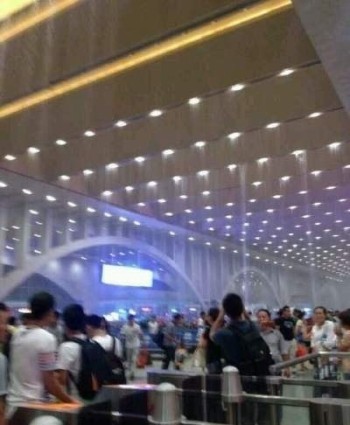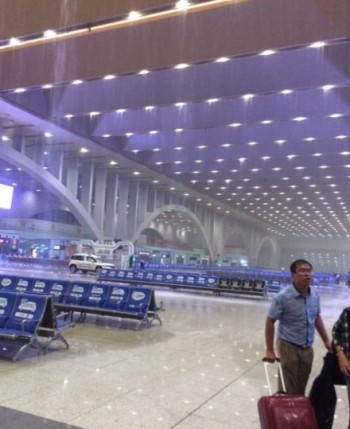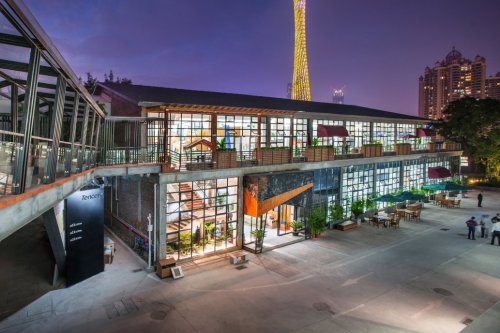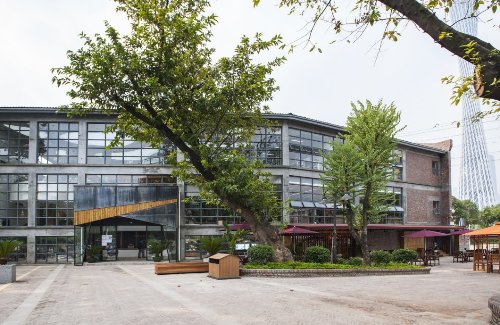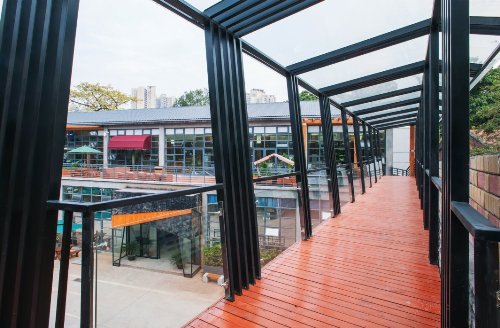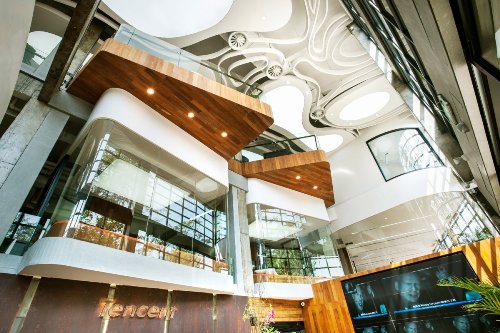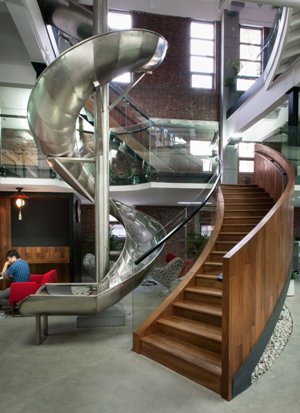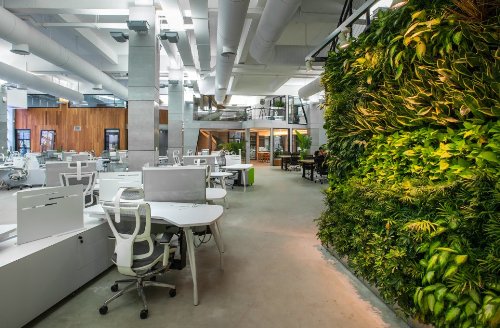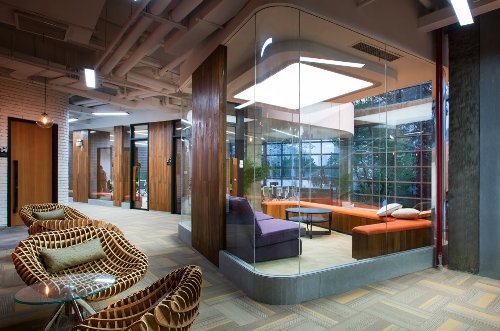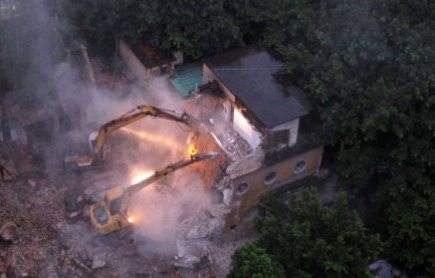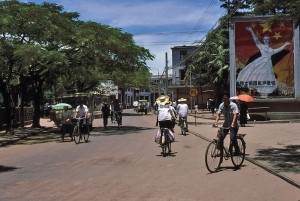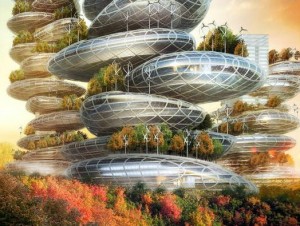[Photos] Brand New Train Station Roof in Hebei “Leaks Like a Waterfall”
Posted: 08/29/2014 2:27 pm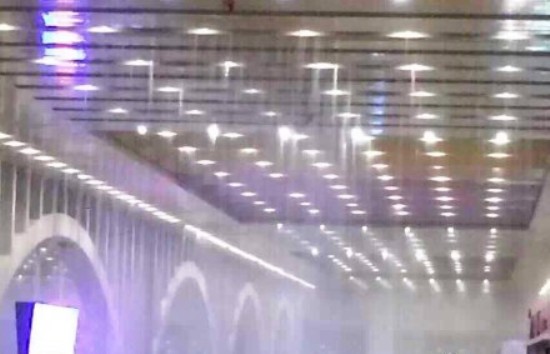 Chinese modern architecture can be counted upon to be grand, austere, and usually resembling some kind of kitchen utensil. And if the brand-new Shijiazhuang Railway Station is an indication of a trend, Chinese buildings are also built to be leaky.
Chinese modern architecture can be counted upon to be grand, austere, and usually resembling some kind of kitchen utensil. And if the brand-new Shijiazhuang Railway Station is an indication of a trend, Chinese buildings are also built to be leaky.
READ: Shenzhen’s brand new airport already leaking
In the case of the Shijiazhuang Railway Station, “leaky” may not quite capture what is happening. Netizens posted pictures last night showing a torrent of water spraying from the railway station ceiling, covering a large section of the passenger hall.
To be fair, a record rainfall hit Shijiazhuang at that time. The rain was so severe it flooded roads and delayed flights and trains. And yet, if you were a resident of the capitial of Hebei that night, you wouldn’t be able to find shelter from the storm at its brand new train station.
Here are some more pictures:
Instilling a respect for the natural environment, the leaky Shijiazhuang Railway Station has inspired a hashtag on Weibo named after the Water Curtain Cave in Shanxi Province. While it appears to be an appropriate enough name, the visual similarities are there as well.
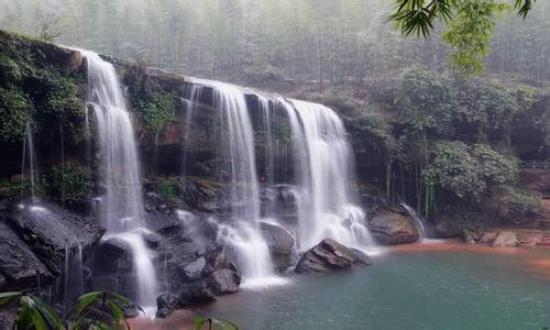
Related:
- Guangzhou Metro Line 6 opens to water leaks at two stations
- Apartment with “Runny Nose” Drips “Yellow Goo” From Ceiling In Huizhou
Photos: Dongguan Times, Sina Hebei, 761

